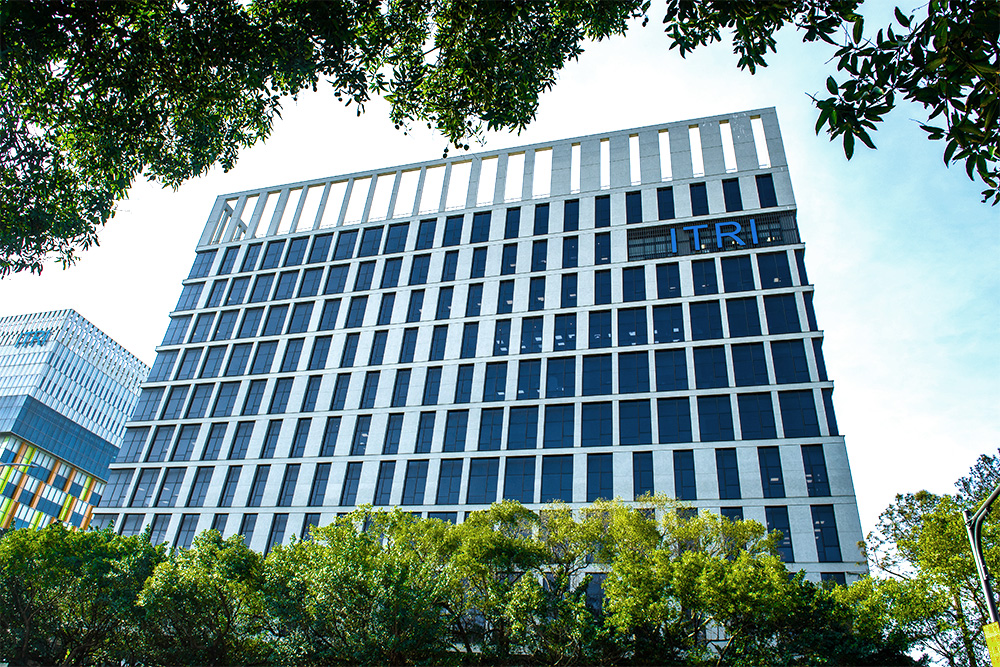Activity
Creating Low-Carbon & Energy-Saving Campus New Green Building Accelerates Net-Zero Targets

A new building in ITRI’s Kuang-Fu Innovation Campus was granted a national green building certification.
According to the 2022 Global Status Report for Buildings and Construction, CO2 emissions from buildings and construction hit a new high that exceeded pre-pandemic peaks, signaling the urgency to decarbonize the sector by 2050. To lower the carbon footprints of buildings, ITRI has led by example and created campuses that not only offer comfort and convenience but also feature energy conservation and smart technologies.
Recently, one of ITRI’s buildings on the Kuang-Fu Innovation Campus received the Certification of Taiwan Green Building Label, which represents the highest level of building energy efficiency rating. This achievement marks ITRI’s seventh national green building certification.
General Director at ITRI’s Office of Administrative Service Jen-Hui Tsai revealed the Institute’s know-how in constructing energy-saving campuses. Tsai stated, “Going net zero is not only a part of social responsibility but also a competitive edge for any organization. We have incorporated a range of versatile ITRI-developed technologies across our campuses to ensure environmental sustainability. Our success in achieving green building certification can be attributed to three key strategies: Green Building Design, High-Efficiency Equipment & Systems Construction, and IoT Management System.” Let’s delve into these strategies further.
Green Building Design
By simulating wind fields and the sun’s path, the buildings include natural ventilation and lighting in their design to reduce the electricity consumed by air-conditioning and illumination.
For water savings, outdoor surfaces adopt permeable pavement materials and rely on raft foundations to collect surface water and rainwater for the watering of lawns, while wastewater from water dispensers, handwashing basins, and air-conditioning systems is recycled and reused for heat dissipation, supplying cooling water, and flushing toilets. Through these practices, ITRI campuses are able to significantly reduce the total water use.
High-Efficiency Equipment & Systems Construction
The Kuang-Fu Innovation Campus Buildings 1 and 2 applied ITRI’s Active Magnetic Bearing Centrifugal Chiller to their air-conditioning. The chiller operates during off-peak hours to store ice, and during peak hours supplies the meltwater to the air conditioner to reduce power consumption. In tandem with a shared air pressure circulation management system, the energy use of the two buildings can be regulated as efficiently as possible.
In addition, ITRI is actively engaged in renewable energy. Through collaborative research and development with industries, ITRI has established solar photovoltaic systems integrated with real-time monitoring systems. This initiative enhances electricity generation efficiency and allows for more flexible power load dispatching.
IoT Management System
To keep track of campus energy use and stay alert to utility damage, ITRI introduced its own Energy Information Platform for IoT management. The platform monitors power consumption and analyzes consumption patterns, detecting hot spots and providing instant notification upon abnormality.
ITRI also established an intelligent water network monitoring system. Smart water meters and facility sensors were installed to monitor real-time consumption, predict demand, and detect leakage. This allows faster inspection and repair to reduce loss.